Subscribe to Our Newsletter
Stay updated with the latest tips and strategies. Get additional discounts and alerts on offers.
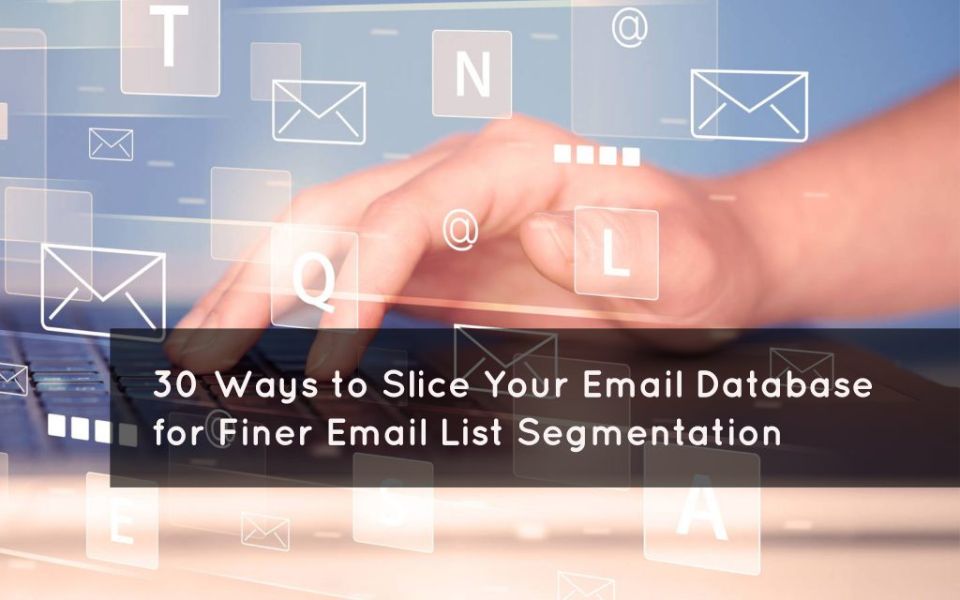
Having a high-volume email list will not necessarily mean a lot of it cannot provide you with ROI. Segregating and personalizing emails is becoming important to narrow down the target population and improve customer engagement.
If you offer products that are gender-specific, it is always advisable to send out separate emails depending on your preferences. It would be easier to tailor-fit the content keeping in mind the aspects that appeal to the respective sexes.
Many users begin to fill in sign-up forms, but would not complete them. Irrespective of the reason, it is important to remind them that they left midway. This can also promote your chances of improving customer relationships.
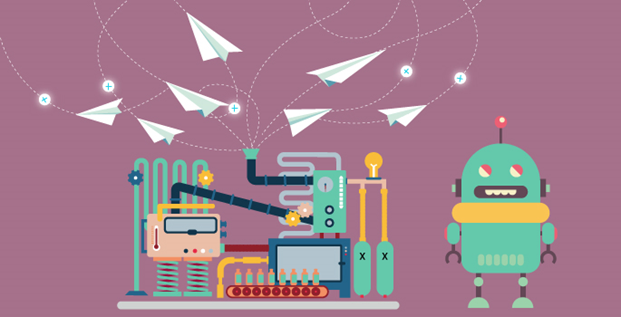
The types of purchases made by a customer can tell you a lot about him/her. For example, a middle-aged man who bought a fishing rod or shows some interest in it can also be a target for boating equipment. It would be easier to send specific emails which might interest them.
If you offer a lot of different types of products, segmenting your customers by their choices is a great way to determine what their interests are, so that you can offer curated products that you know they’ll love.
By monitoring the activity of the user, you can tell what they might be looking for or what type of content keeps them engaged. The ones with limited activity can be focused to attract and keep them engaged on your website.
You can create targeted email lists by separating your subscribers into various buyer personas by looking at what they’ve opted for, what they’ve clicked on across your pitched emails, and their behavior on your website.
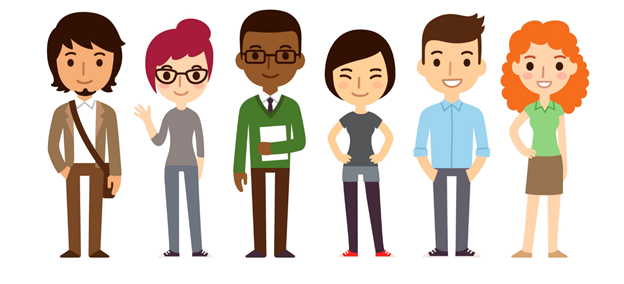
The industry that you wish to target is very important as different industries have different types of needs although in a similar domain. If you collect industry information about your subscribers, you can align your email content which is highly relevant to them.
If you conduct surveys via email, a simple reward or acknowledgment would go a long way. They will be glad to know that you respect and appreciate the time they took out of their day to help you out!
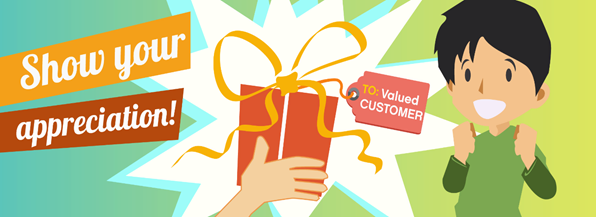
On the other hand, those who are not regular enough may not require a similar treatment, but they need to be drawn to buy-in rather than be thanked.
Sometimes, people simply get busy and stop engaging with your emails like they used to, and this can happen no matter what you do. However, if you don’t do anything to re-engage those subscribers, you could lose them forever.
Particularly, if you offer a monthly subscription, or you have a product that needs to be re-purchased on a regular basis, you should check in with the customers when they change their buying patterns.
It is important to know where a customer stands with regard to how satisfied he/she is with the products and services provided by the company. Knowing this will help target unsatisfied customers with special offers and discounts and retain regular merchandise to customers who are happy with what is being provided.
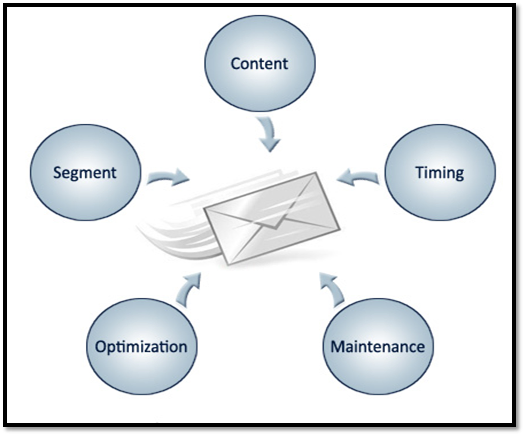
Show Some Love!

Subscribe to Our Newsletter
Stay updated with the latest tips and strategies. Get additional discounts and alerts on offers.
Related Articles
Subscribe to Newsletter
Stay up to date with the latest marketing, sales, and service tips and news.
Limited Time! Celebrate the spirit of freedom with 30% OFF on all B2B databases.
Unlock high-quality leads and drive your campaigns further with accurate, verified data trusted by thousands of businesses.
Don’t miss out—power up your marketing while the offer lasts!
